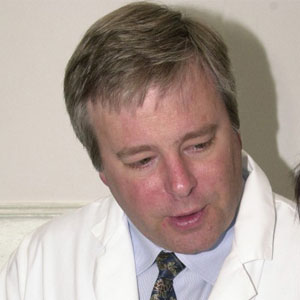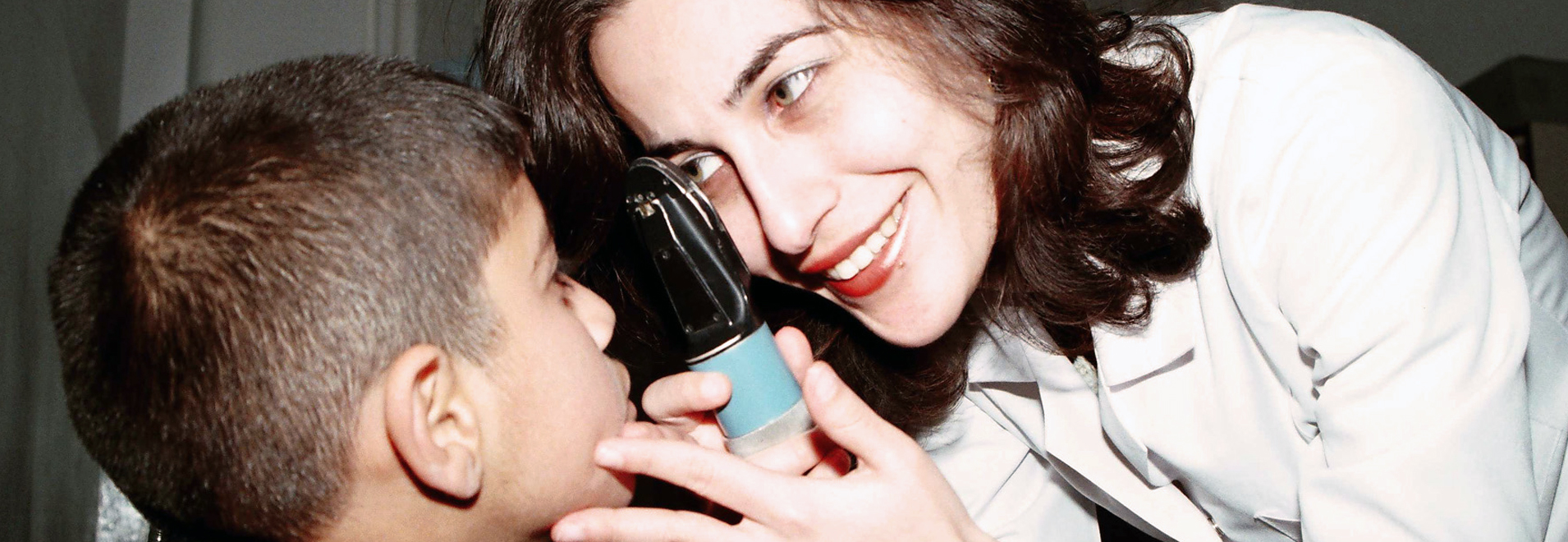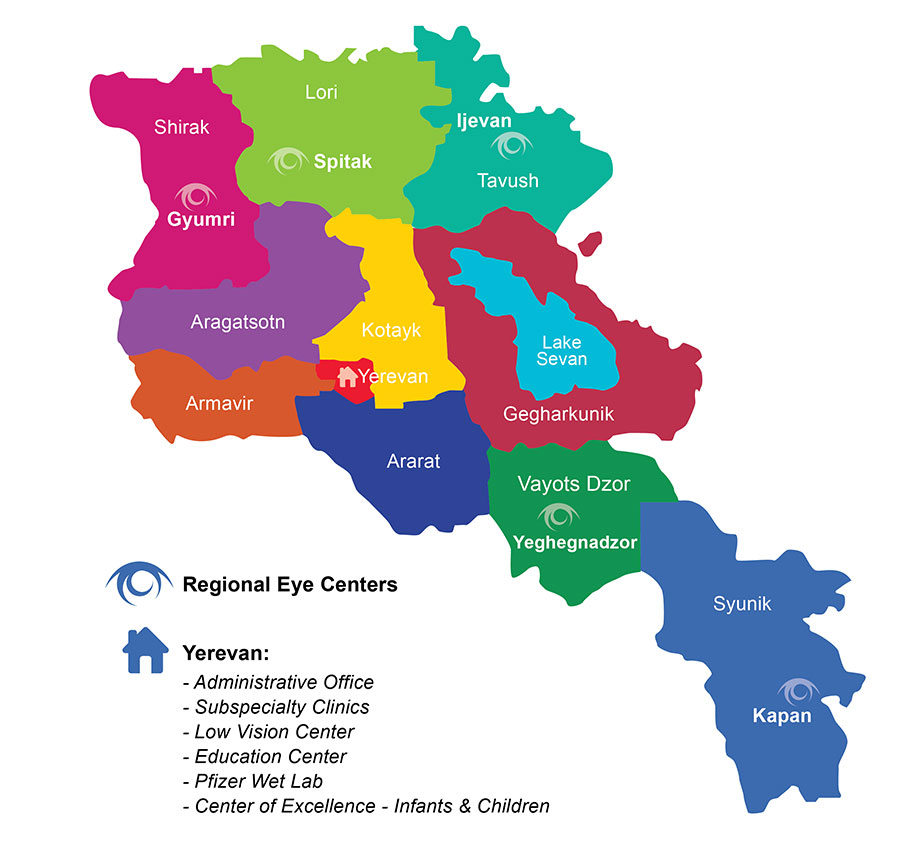PHYSICIANS WELCOME!

The Armenian EyeCare Project (AECP) has been traveling to Armenia on twice-yearly medical missions since 1992 — over 60 missions to date! They are typically held in June/July and in September/October. If you would like to join an AECP Medical Mission, please contact us. Leading the Missions is AECP Founder and President Dr. Roger Ohanesian. He is typically joined by anywhere from six to 12 ophthalmologists of various sub-specialties.
When the doctors arrive in Armenia, their days and nights are booked tight. Prior to arrival, AECP’s Yerevan office schedules meetings, events and visits to out-of-town schools, clinics and other organizations. The U.S. doctors are often in great demand by patients, physicians and country officials. While in Armenia, doctors work alongside Armenian physicians and help train at AECP facilities, which include our Mobile Eye Hospital; six sub-specialty clinics — Glaucoma, Retina, Corneal-Uveitis, Neuro-Orbital, Pediatrics and Low Vision Clinic; a state-of-the-art Education Center with a “Wet Lab” donated by Pfizer; and a Diagnostic Center. In addition, doctors visit schools, nursing homes, soup kitchens and polyclinics — anywhere and everywhere they are needed.
“We all look forward to working with the U.S. doctors… It’s a very important time for us,” AECP Cornea Fellow Dr. Anna Hovakimyan, who studied at the Proctor Foundation in San Francisco, said. “The hospital changes dramatically when they arrive and there is excitement everywhere.”
AECP Volunteer Physicians who visit are just as excited, looking forward to the cases that the residents and fellows present to them and the opportunity for the peer-to-peer exchange on the most recent diagnostic and surgical techniques.
Very eager to see the U.S. doctors are the patients. Once word gets out that the AECP doctors are in town, Armenian residents come in large numbers to line up for appointments. People often wait for hours — sometimes days — hoping to be seen. Cases are identified by AECP Fellows (Armenian ophthalmologists trained in the U.S. by AECP) for the traveling doctors to see while in-country and pre-registered for examinations.
Very often on these missions, U.S. ophthalmologists bring over exciting new techniques to teach the Armenian physicians, giving them the opportunity to work with and learn from the best.
If you would like to join an AECP Medical Mission as an ophthalmologist please e-mail us at [email protected] with a letter of introduction and attach your resume and a statement on why you would like to join us on an AECP Medical Mission to Armenia.

Dr. Richard Hill's Story
When people hear this story, they often question Dr. Hill about why he so readily agreed to fly to Armenia on a moment’s notice. “I can tell you there is no thought,” Dr. Hill responds. “Only a feeling of what must be done.”
Dr. Hill, Associate Professor of Ophthalmology at the University of California Irvine, received his medical degree from Northwestern University in Chicago, Illinois, in 1985. Following completion of his residency in ophthalmology in 1989 at Penn State University, College of Medicine, Dr. Hill did a glaucoma fellowship at the Doheny Eye Institute at the University of Southern California, from 1989 to 1990.

VOLUNTEER EXPENSES: TRAVEL, LODGING, ETC.
Volunteers are responsible for all of their arrangements and expenses while in Armenia including transportation, lodging, and food. All volunteers are responsible for arranging their plane fare to Armenia and transportation while in Armenia. Physicians on Medical Missions typically stay in a local hotel in Armenia’s capital (Yerevan) as a group. Medical Observership and Administrative Internship volunteers usually rent an apartment. Either way, there are many great lodging options in Yerevan and most are inexpensive.

Armenia’s First Artificial Cornea Transplant
In 2005, Dr. Anthony Aldave, an ophthalmologist and full-time faculty at UCLA’s Jules Stein Eye Institute, joined an AECP Medical Mission and performed the first artificial cornea implant surgery in Armenia.
Internationally known with awards and honors too numerous to mention, Dr. Aldave serves as Director of the UCLA Cornea & External Disease Fellowship Program as well as Director of the Jules Stein Eye Institute Eye Bank.
The new procedure, keratoprosthesis surgery, can restore sight and change lives for patients who are blind from cataracts and for whom the standard cornea surgeries are unsuccessful. In recent missions, Drs. John Hovanesian and Anna Hovakimyan did a number of these artificial cornea surgeries with this technique and the artificial corneas that Dr. Aldave donated.








